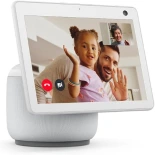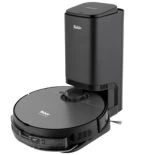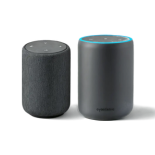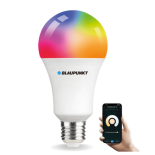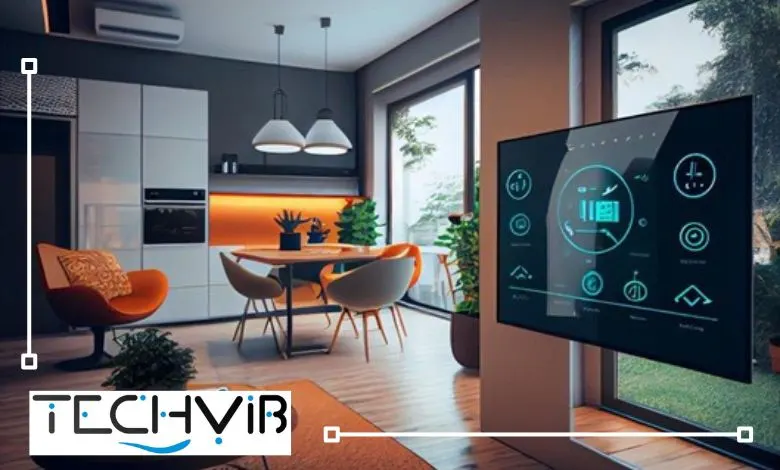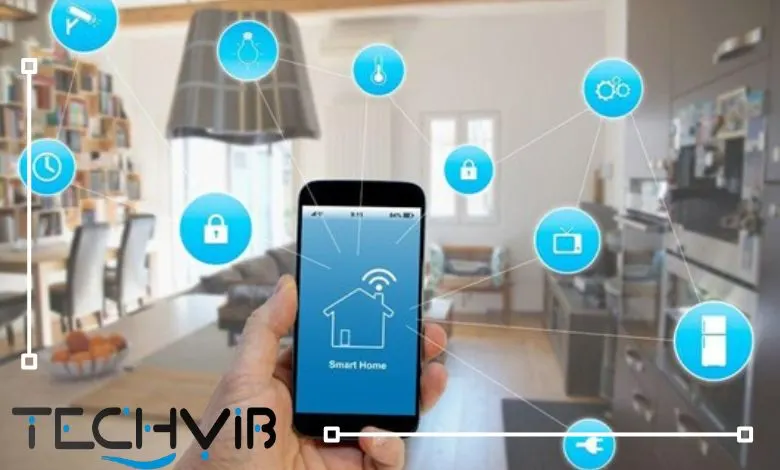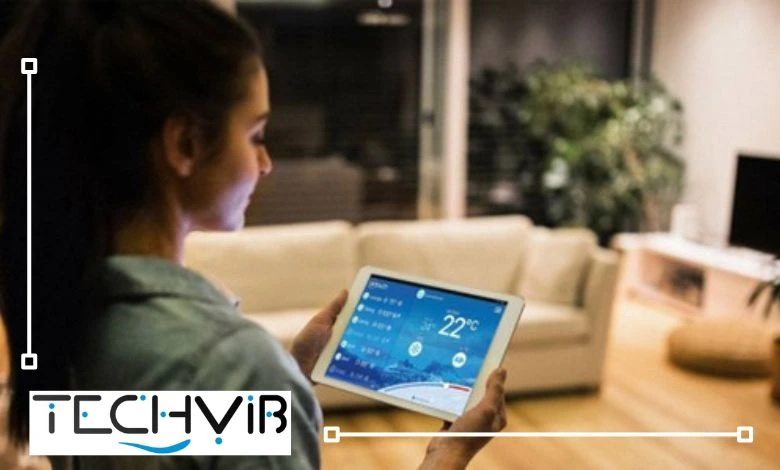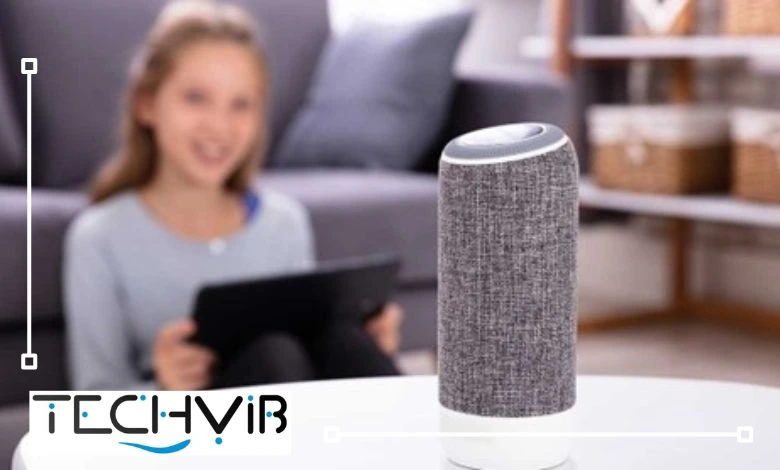Smart Home
-
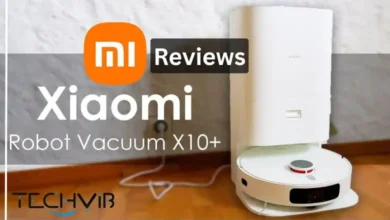
Xiaomi X10+ Review: The Smartest Robot Vacuum of 2025?
Robot vacuums might look pretty similar at first glance, but when you dig a little deeper, you’ll find they can…
Read More » -
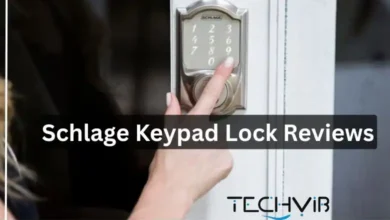
Schlage Keypad Lock Reviews
Schlage smart keypad locks are secure and popular devices that let you set multiple access codes and manage them remotely…
Read More » -

Best Robot Vacuum for Pet Hair in 2025
One of the biggest challenges for pet owners is effectively collecting and removing pet hair from floors. Many have experienced…
Read More » -
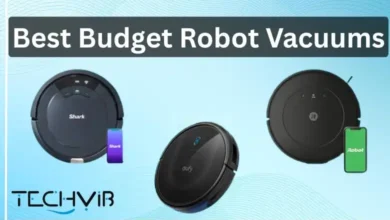
Best Budget Robot Vacuum Cleaner 2025: Smart Cleaning on a Low Cost
Today’s robot vacuums come loaded with features, almost like cars with endless options. It makes you forget that their main…
Read More » -
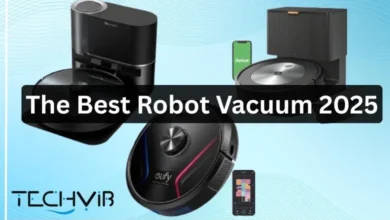
The Best Robot Vacuum 2025: Top Robovacs to Keep Every Home Clean
In today’s busy world, where every family member juggles multiple responsibilities, managing household chores, particularly vacuuming and mopping, has become…
Read More » -

Amazon Echo Dot vs Echo Show 2025: Which Smart Speaker Wins?
When it comes to smart speakers, Amazon’s Echo lineup is a household name. But with so many options, especially the…
Read More » -
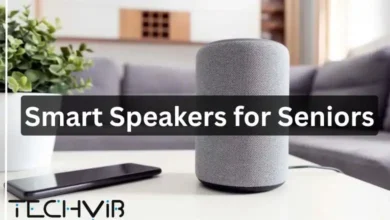
Smart Speakers for Seniors: How to Enhance Independence and Comfort
The global aging population is rapidly increasing, making it essential to support the independence of elderly individuals, especially those living…
Read More » -
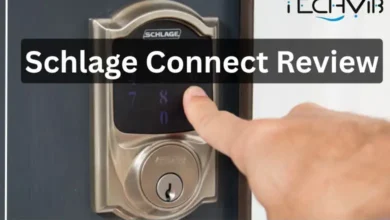
Schlage Connect Review: A Blend of Security and Convenience
Feeling safe and secure in your apartment is a top priority, and that starts with having a dependable deadbolt. Luckily,…
Read More » -
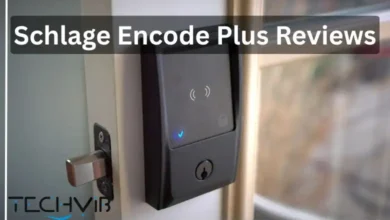
Schlage Encode Plus Reviews 2025: Smart Lock With Apple Home Key
Imagine coming home from the grocery store, your hands full, and needing to unlock your door without dropping a single…
Read More » -
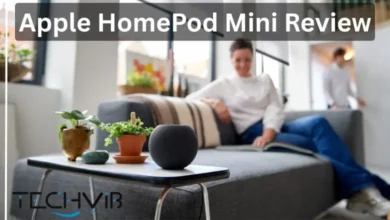
Apple Home Pod Mini Review – Is It Worth Buying in 2025?
The HomePod Mini review reveals that good things do come in small packages. Apple’s compact smart speaker has carved out…
Read More » -
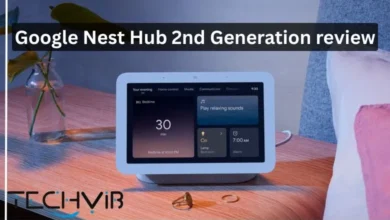
Google Nest Hub 2nd Gen Review
The second-generation google nest hub 2nd gen review brings significant upgrades to Google’s popular smart display, including innovative sleep tracking,…
Read More » -
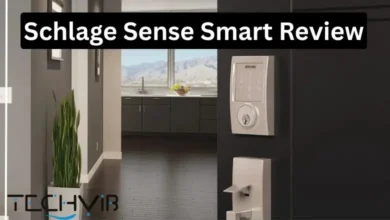
Schlage Sense Smart Review: The Trusted Smart Lock
The Schlage Sense Smart Deadbolt is among the latest smart lock and entry offerings, and it’s an especially appealing choice…
Read More »

